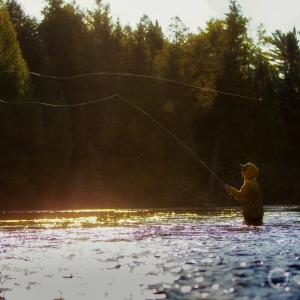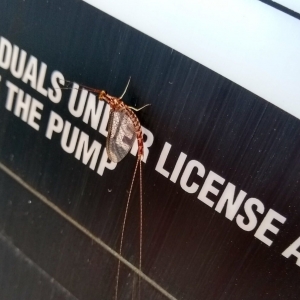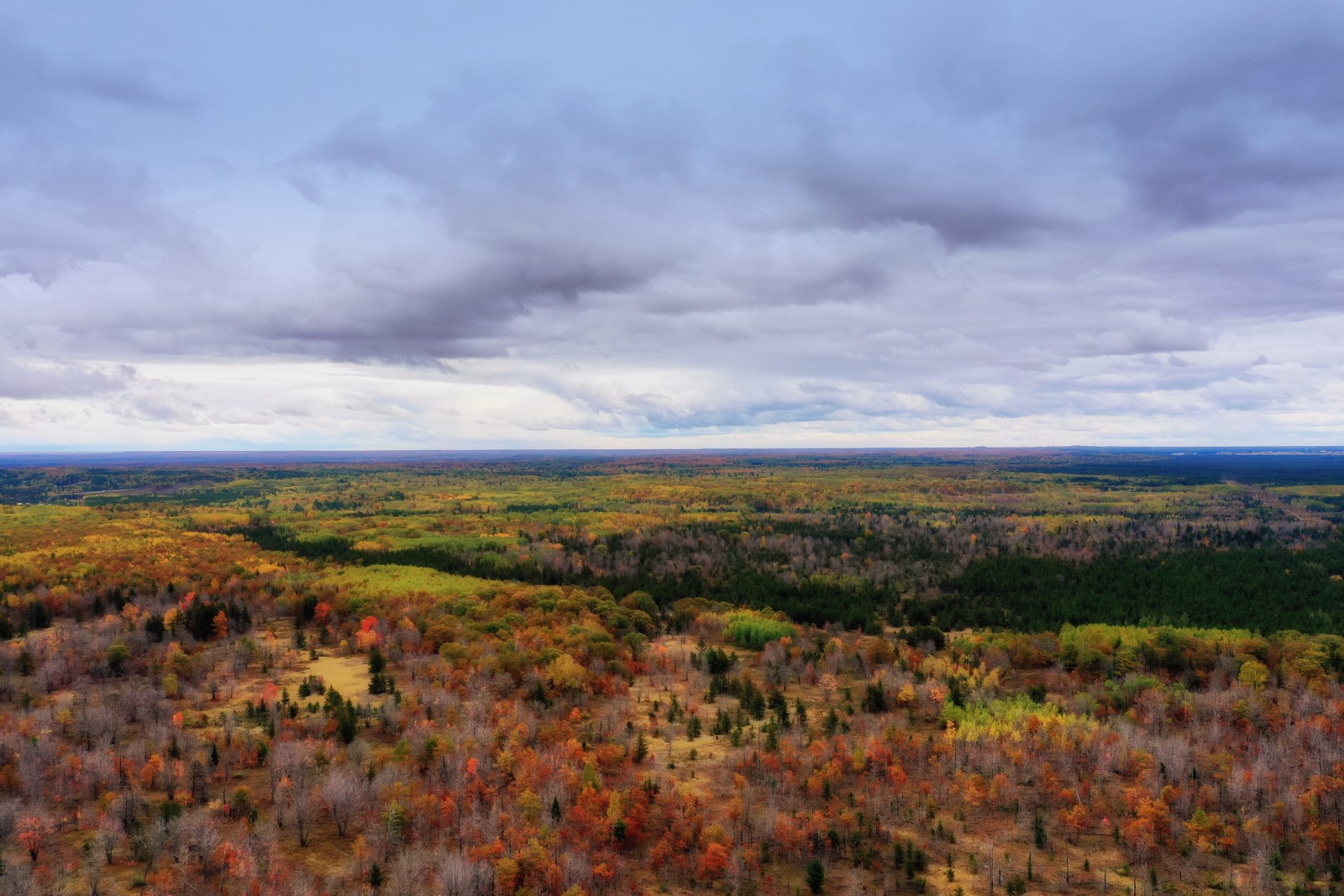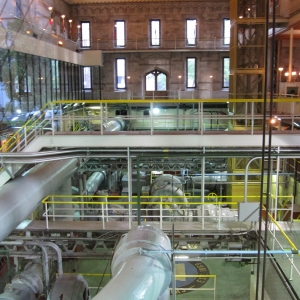 https://www.circleofblue.org/wp-content/uploads/2021/02/2020-10-Michigan-UP-JGanter-SV2A5136-Edit-2500a.jpg
929
1600
Keith Schneider
https://www.circleofblue.org/wp-content/uploads/2018/06/Circle-of-Blue-Water-Speaks-600x139.png
Keith Schneider2021-02-16 05:51:152023-02-21 10:19:57Water Could Make Michigan a Climate Refuge. Are We Prepared?
https://www.circleofblue.org/wp-content/uploads/2021/02/2020-10-Michigan-UP-JGanter-SV2A5136-Edit-2500a.jpg
929
1600
Keith Schneider
https://www.circleofblue.org/wp-content/uploads/2018/06/Circle-of-Blue-Water-Speaks-600x139.png
Keith Schneider2021-02-16 05:51:152023-02-21 10:19:57Water Could Make Michigan a Climate Refuge. Are We Prepared?The Great Lakes News Collaborative
Ready or Not
The Great Lakes region is frequently touted as one of the most climate-resilient places in the U.S., in no small part because of its enviable water resources. But climate change also threatens water quality, availability, and aging water infrastructure by exposing existing vulnerabilities and creating new ones. In this series, members of the Great Lakes News Collaborative explore what it may take to prepare the Great Lakes region for the future climatologists say we can expect.
The collaborative’s four nonprofit newsrooms — Bridge Michigan, Circle of Blue, Great Lakes Now at DPTV and Michigan Radio — aim to elevate discussion, amplify the voice of Michigan residents and produce action that protects the region’s waters for future generations. While Mott provides financial support, our public service journalism is produced independently
Water Could Make The Great Lakes Region a Climate Refuge. Are We Prepared?
 https://www.circleofblue.org/wp-content/uploads/2021/02/2020-10-Michigan-UP-JGanter-SV2A5136-Edit-2500a.jpg
929
1600
Keith Schneider
https://www.circleofblue.org/wp-content/uploads/2018/06/Circle-of-Blue-Water-Speaks-600x139.png
Keith Schneider2021-02-16 05:51:152023-02-21 10:19:57Water Could Make Michigan a Climate Refuge. Are We Prepared?
https://www.circleofblue.org/wp-content/uploads/2021/02/2020-10-Michigan-UP-JGanter-SV2A5136-Edit-2500a.jpg
929
1600
Keith Schneider
https://www.circleofblue.org/wp-content/uploads/2018/06/Circle-of-Blue-Water-Speaks-600x139.png
Keith Schneider2021-02-16 05:51:152023-02-21 10:19:57Water Could Make Michigan a Climate Refuge. Are We Prepared?Latest Collaborative Coverage

Michigan’s New Rules To Protect Water From Manure Attacked By Lawmakers

Great Lakes Beach Closings Are No Protection From Harmful Pollutants

U.S. Movement to Limit CAFO Pollution Emboldened by Michigan Court Ruling

Harnessing Mussels to Filter Fresh Water
 https://www.circleofblue.org/wp-content/uploads/2024/06/Cormorant-gaze.jpg
1667
2500
Circle Blue
https://www.circleofblue.org/wp-content/uploads/2018/06/Circle-of-Blue-Water-Speaks-600x139.png
Circle Blue2024-06-26 13:39:172024-06-26 13:50:27The Bird Connection: Change and Decline in Our World, Part 1: Disease
https://www.circleofblue.org/wp-content/uploads/2024/06/Cormorant-gaze.jpg
1667
2500
Circle Blue
https://www.circleofblue.org/wp-content/uploads/2018/06/Circle-of-Blue-Water-Speaks-600x139.png
Circle Blue2024-06-26 13:39:172024-06-26 13:50:27The Bird Connection: Change and Decline in Our World, Part 1: Disease
Bald Eagles Nearly Died Out. What Can We Learn from Their Return to the Southern Great Lakes?
 https://www.circleofblue.org/wp-content/uploads/2024/04/2021-09-11-Michigan-Ausable-5D-JGanter-SV2A2587-Edit-2500-2-1.jpg
1600
2400
Circle Blue
https://www.circleofblue.org/wp-content/uploads/2018/06/Circle-of-Blue-Water-Speaks-600x139.png
Circle Blue2024-04-05 09:18:442024-04-05 09:18:44Sault Tribe Challenges Michigan Fishing Deal, Chides ‘Preposterous’ Rules
https://www.circleofblue.org/wp-content/uploads/2024/04/2021-09-11-Michigan-Ausable-5D-JGanter-SV2A2587-Edit-2500-2-1.jpg
1600
2400
Circle Blue
https://www.circleofblue.org/wp-content/uploads/2018/06/Circle-of-Blue-Water-Speaks-600x139.png
Circle Blue2024-04-05 09:18:442024-04-05 09:18:44Sault Tribe Challenges Michigan Fishing Deal, Chides ‘Preposterous’ Rules https://www.circleofblue.org/wp-content/uploads/2022/09/2022-08-18-Michigan-Adrian-Bakerlads-Farm-JGanter-3727-2500.jpg
1067
1600
Circle Blue
https://www.circleofblue.org/wp-content/uploads/2018/06/Circle-of-Blue-Water-Speaks-600x139.png
Circle Blue2024-01-24 16:40:062024-01-24 16:55:22Supreme Court Poop Dispute Could Have Big Impact on Michigan Environment
https://www.circleofblue.org/wp-content/uploads/2022/09/2022-08-18-Michigan-Adrian-Bakerlads-Farm-JGanter-3727-2500.jpg
1067
1600
Circle Blue
https://www.circleofblue.org/wp-content/uploads/2018/06/Circle-of-Blue-Water-Speaks-600x139.png
Circle Blue2024-01-24 16:40:062024-01-24 16:55:22Supreme Court Poop Dispute Could Have Big Impact on Michigan Environment
Preparing for a Great Lakes oil spill

“It’s a good thing”: Fishflies in Great Lakes region signify healthy water

Ongoing Battle to Keep Toxic Chemicals at Bay
 https://www.circleofblue.org/wp-content/uploads/2020/04/2015-California-infrastructure-JCGanterIMG_9667-2.jpg
1675
2400
Circle Blue
https://www.circleofblue.org/wp-content/uploads/2018/06/Circle-of-Blue-Water-Speaks-600x139.png
Circle Blue2023-02-10 14:48:532023-02-20 20:52:09Right To Water: Could 2023 Be The Year Michigan Ends Shutoffs?
https://www.circleofblue.org/wp-content/uploads/2020/04/2015-California-infrastructure-JCGanterIMG_9667-2.jpg
1675
2400
Circle Blue
https://www.circleofblue.org/wp-content/uploads/2018/06/Circle-of-Blue-Water-Speaks-600x139.png
Circle Blue2023-02-10 14:48:532023-02-20 20:52:09Right To Water: Could 2023 Be The Year Michigan Ends Shutoffs?
Two Generations and $70 Million Later, Muskegon Lake Is Restored

Warming winters, ample reserves of fresh water, and forests not prone to wildfire are ecological benefits that could attract millions of new residents to the Great Lakes and reverse decades of slow population growth. © J. Carl Ganter / Circle of Blue.


The next phase of climate research is to understand whether meteorological disruption will not only force people out of their homes, but also compel them to move away, perhaps to the Great Lakes. © J. Carl Ganter / Circle of Blue.


Has climate migration started? A financial investment manager from Austin, Texas, purchased a home north of Marquette, near here, as a hedge against climate disruption, according to his realtor. © J. Carl Ganter / Circle of Blue.


Great Lakes forests, not nearly as vulnerable to wildfire, are the foundation of a $100 billion annual recreation, manufacturing, and real estate economy. They absorb and store carbon, reduce flooding and erosion, keep streams clean, and provide habitat for plants and animals. © J. Carl Ganter / Circle of Blue.


In September, Michigan Gov. Gretchen Whitmer issued an executive order that called for cutting emissions 28 percent by 2025 compared with 1990 levels. She set 2050 as the deadline for the state to reach carbon neutrality. This Presque Isle power plant no longer operates. © J. Carl Ganter / Circle of Blue.


Mother Earth is pushing back hard with heat, fires, hurricanes, droughts, floods, tornadoes, earthquakes and plagues. Whether they are big or small, responses are complex, expensive, and take years to complete in and outside the Great Lakes region. © J. Carl Ganter / Circle of Blue.


From 1901 to 2015, annual precipitation increased almost 10 percent in the Great Lakes region, much more than the 4 percent rise for the nation as a whole. © J. Carl Ganter / Circle of Blue.

Water Infrastructure, Access, Affordability, and Drinking Water

Michigan’s 20th Century Water Systems Too Big For Its Shrinking City Populations

Many Rural Towns Have Neglected Drinking Water Systems for Decades
 https://www.circleofblue.org/wp-content/uploads/2021/12/Rev.-Edward-Pinkney-1-e1639598011594.jpg
484
1300
Circle Blue
https://www.circleofblue.org/wp-content/uploads/2018/06/Circle-of-Blue-Water-Speaks-600x139.png
Circle Blue2021-12-15 15:11:052022-04-20 22:34:46High Costs, Few Customers: Benton Harbor Water Woes Loom for Michigan Cities
https://www.circleofblue.org/wp-content/uploads/2021/12/Rev.-Edward-Pinkney-1-e1639598011594.jpg
484
1300
Circle Blue
https://www.circleofblue.org/wp-content/uploads/2018/06/Circle-of-Blue-Water-Speaks-600x139.png
Circle Blue2021-12-15 15:11:052022-04-20 22:34:46High Costs, Few Customers: Benton Harbor Water Woes Loom for Michigan Cities
In Benton Harbor, Residents’ Complaints of Lead-Tainted Water Carry Echoes

Michigan Tribes to Biden: Enbridge Line 5 Threatens Our Treaty Rights

Some Chicagoans Wary of Lead Pipe Replacement

Dealing With The Soup of Chemicals That Can Get Into Your Drinking Water
 https://www.circleofblue.org/wp-content/uploads/2021/06/2014-2016-Lake-Michigan-Illinois-Chicago-JCGanter_IMG_3357.jpg
1200
1600
Laura Gersony
https://www.circleofblue.org/wp-content/uploads/2018/06/Circle-of-Blue-Water-Speaks-600x139.png
Laura Gersony2021-06-29 12:11:172022-04-21 10:09:40In Chicago, Flooding Overwhelmingly Strikes Communities of Color
https://www.circleofblue.org/wp-content/uploads/2021/06/2014-2016-Lake-Michigan-Illinois-Chicago-JCGanter_IMG_3357.jpg
1200
1600
Laura Gersony
https://www.circleofblue.org/wp-content/uploads/2018/06/Circle-of-Blue-Water-Speaks-600x139.png
Laura Gersony2021-06-29 12:11:172022-04-21 10:09:40In Chicago, Flooding Overwhelmingly Strikes Communities of ColorWater Law and Policy

Two Generations and $70 Million Later, Muskegon Lake Is Restored

As Drought Grips American West, Irrigation Becomes Selling Point for Michigan

Treaty Rights Acknowledged For First Time in Oil Pipeline’s Controversial History

As Great Lakes Pummel Michigan, Beach Towns Rush to Set Development Rules

2020 Election: Water a Factor in Senate Race in Michigan

Michigan Allocates $20 Million to Relieve Customer Water Debts
Groundwater, Septic, and PFAS

The Next Source of Trouble for Great Lakes Fish Populations: Tires

PFAS in the House: Are Toxic “Forever Chemicals” a Steady Drip in This Reporter’s Home?

Rights vs. Regulations: When it Comes to Septic Codes, Property Rights Remain a Big Barrier

HotSpots H2O: Minnesota Rolls Out Plan for PFAS Contamination

Groundwater: The Sixth Great Lake
Warming Waters – The Great Lakes and Climate Change

Climate Change Grips Trout Streams Across the Nation:

Detroit Flooding Previews Risks from a Warming Climate
 https://www.circleofblue.org/wp-content/uploads/2021/05/oakman2.jpg
1066
1600
Circle Blue
https://www.circleofblue.org/wp-content/uploads/2018/06/Circle-of-Blue-Water-Speaks-600x139.png
Circle Blue2021-05-18 08:25:052022-04-21 10:57:08Green Infrastructure: Cities Around the Great Lakes Plan for a Changing Future
https://www.circleofblue.org/wp-content/uploads/2021/05/oakman2.jpg
1066
1600
Circle Blue
https://www.circleofblue.org/wp-content/uploads/2018/06/Circle-of-Blue-Water-Speaks-600x139.png
Circle Blue2021-05-18 08:25:052022-04-21 10:57:08Green Infrastructure: Cities Around the Great Lakes Plan for a Changing Future
Michigan Is On Thin Ice. Get Used To It, Climate Experts Say

Too Few Farmers are Curbing Pollution in Lake Erie. Should They be Forced?

As Great Lakes Pummel Michigan, Beach Towns Rush to Set Development Rules

HotSpots H2O: U.S. Great Lakes, Near Record Highs, Pummel Coastal Infrastructure
Remembering Michigan’s PBB Crisis
Contamination of the food-supply chain in Michigan in the 1970s was one of the worst mass poisonings in U.S. history. The events still resonate today.

© 2023 Circle of Blue – all rights reserved
Terms of Service | Privacy Policy






